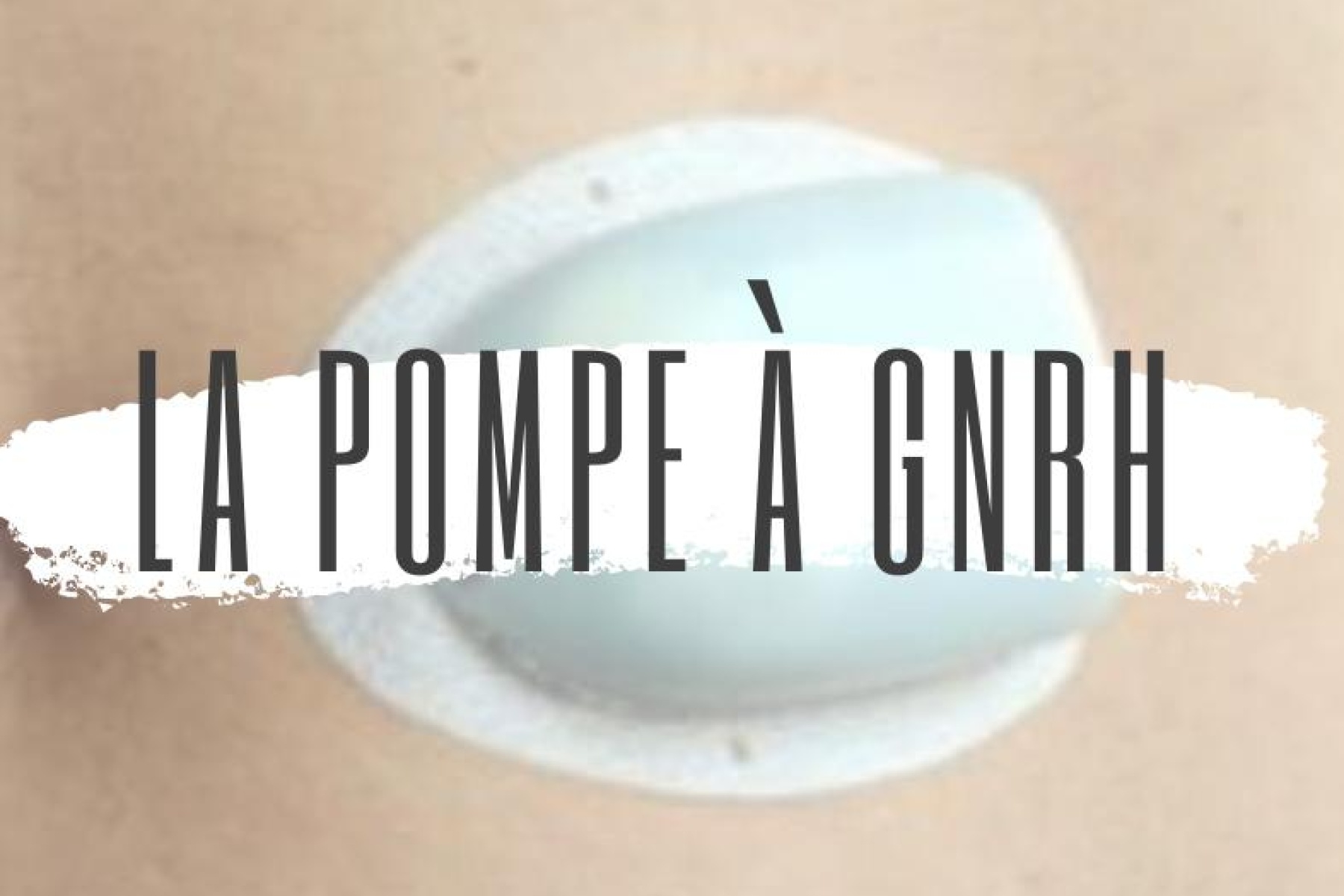
BK's story on operating the GnRH pump
B.K. has had difficulties conceiving a child. Having been taken into care for secondary amenorrhoea, she would now like to share her experience with the WiStim community about a little-known device: the GnRH pump.
"At first, I was reluctant to wear a device 24 hours a day".
My husband and I were planning to have a baby. I had a few health problems and then went into amenorrhoea for 7 months, which made it difficult to carry out our plan without support. During the amenorrhoea period, the solutions proposed by my gynaecologist to regulate my cycle and my ovulation periods didn't work. So I decided to consult a gynaecologist specialising in fertility.
She suggested I have a hormone test. Following the results, I was offered a GnRH pump. My doctor explained that this method could work for me, regulating my hormone levels and naturally restoring ovulation. Having never heard of this method, I was initially a little reluctant to wear a device on my stomach 24 hours a day.
Alongside the various follow-up appointments, I found some reassuring theses on the internet from various universities. The success rate obtained with this GnRH pump treatment was quite high. However, you need to be diagnosed with a very specific case of amenorrhoea for it to be proposed. Hoping that it would work, I agreed to try it.
Placement of the GnRH pump and start of amenorrhoea treatment
"After two weeks, I forgot about the GnRH pump".
At the pump fitting appointment, the centre's partner nurse explained that I had to change the GnRh pump myself every 72 hours. I had to follow several steps to mix the product (solvent and powder), inject it into the equipment, synchronise it, and place the pump on my stomach.
The first few days were quite frustrating. Wearing a device all the time and hearing a beep every 90 minutes was a bit annoying. There were also a few unforeseen technological problems... If anything unexpected happened, the nurse partner was available by phone and suggested remote solutions so that the treatment could continue without interruption. It was very reassuring to have his support and availability.
After 2 weeks, I forgot all about the pump. I felt very energetic, like never before. At my monitoring appointments with my gynaecologist, we noticed a fairly positive trend in my hormone levels. I began to believe that this method could really work.
The success of the GnRH pump
"The GnRH pump is a technology that allows you to believe in miracles!"
I became pregnant as early as the second cycle and it was a real joy to find out. I'm now 2 months pregnant and I recommend the GnRH pump to all women who are offered this method. It requires a lot of organisation, autonomy, and monitoring, but it's very effective.
It's not a heavy treatment because the body gets used to it naturally and quickly enough to be able to receive a child. It's a technology that really allows you to believe in miracles.
Thank you to B.K. for her story!
But... How does a GnRH pump work?
The GnRH pump is a device prescribed for women with non-ovulatory amenorrhoea of hypothalamic origin. It re-establishes ovulation, thereby restoring fertility.
In women, the hypothalamus is a small gland in the brain that produces a molecule called GnRH. This GnRH stimulates the secretion of FSH and LH by the pituitary gland: two hormones that act on the ovaries and control the ovarian cycle (follicular phase, ovulation, luteal phase). In women with hypothalamic amenorrhoea, GnRH secretion is severely disrupted. As a result, the pituitary gland no longer produces sufficient FSH and LH to induce follicle growth and ovulation in the ovary.
Attached to the patient's abdomen, the pump releases microdoses of GnRH into the bloodstream on a regular basis. This stimulates the pituitary gland, restoring normal production of FSH and LH. These two hormones act on the ovaries and induce the growth of ovarian follicles, ovulation and the maintenance phase of the corpus luteum. GnRH controls the ovarian cycle via the pituitary gland. The pump restores GnRH secretion and controls the ovarian cycle via the pituitary gland.